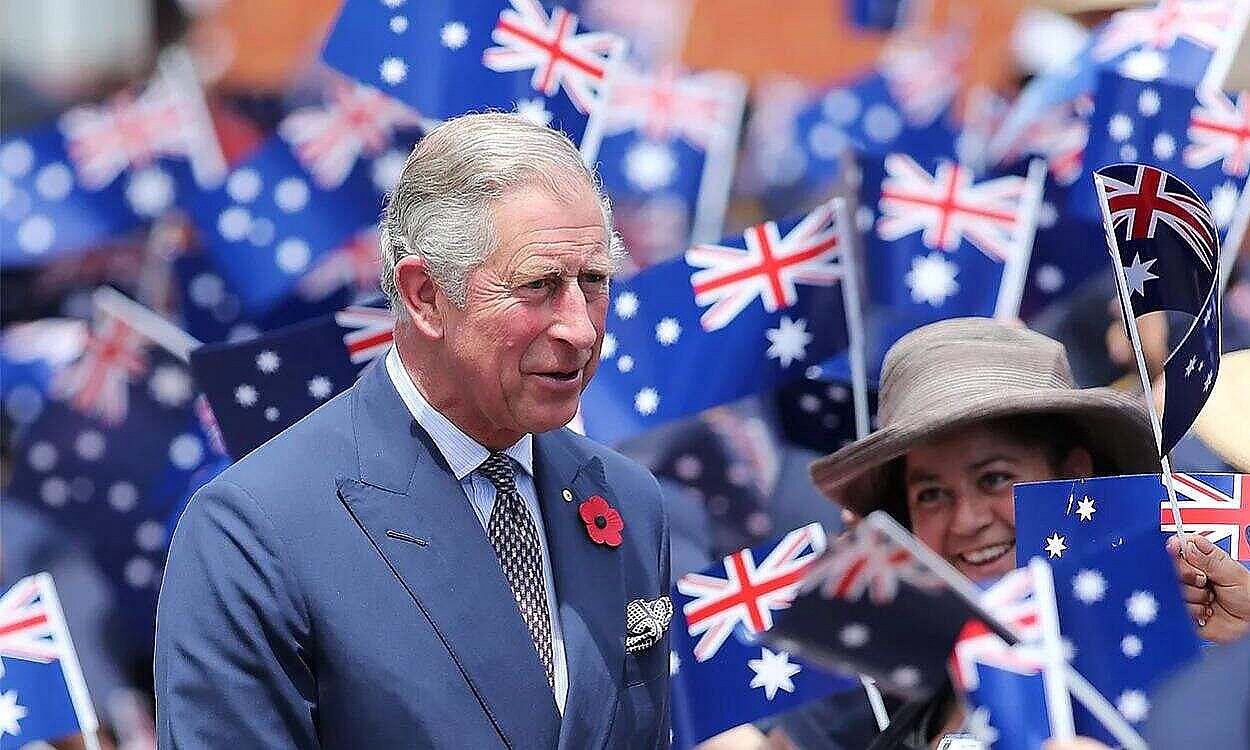The Australian Constitution has always envisaged the admission or establishment of new states. The fact is that no new states have ever been admitted or established. The use of the word admitted probably refers to the possible admission of other British colonies. There seems to be no reason why other territories which were never British colonies could not become Australian states[I].
[The Haka could be Australian…if New Zealand were one or two Australian States]
From time to time, there have been proposals to create new states, most notably in New South Wales and Queensland. In New South Wales, there have been proposals to establish new states in the north, “New England”, the south, “Illawarra”, and in the Riverina. There has also been a proposal to establish a new state in the North of Queensland, “Capricornia”.
There have been proposals to establish the Australian Capital Territory and the Northern Territory as states. In a referendum in 1998, the electors of the Northern Territory rejected a proposal for statehood which would have retained the name “Northern Territory”.
From time to time, there have been proposals that New Zealand, Papua New Guinea, East Timor, and Fiji each be admitted as a state. Sometimes the suggestion has been that New Zealand be admitted as two states, one for the north and one for the South Island. There have also been proposals for an Aboriginal State.
Because it would not involve the dismemberment of an existing state, the most likely first new state would appear to be the Northern Territory.
[i] After reciting the agreement of the people to unite in one indissoluble Federal Commonwealth under the Crown, the Commonwealth of Australia Constitution Act enacted by the British Parliament states explains that it was also “ … expedient to provide for the admission of other Australasian Colonies and possessions of the Queen”.
In addition, section 6 of that Act says: “’ The States’ shall mean such of the colonies of New South Wales, New Zealand, Queensland, Tasmania, Victoria, Western Australia, and South Australia, including the northern territory of South Australia, as for the time being are parts of the Commonwealth and such colonies or territories as may be admitted into or established by the Commonwealth as States, and each of such parts of the Commonwealth shall be called a State’.”
Constitutional Provisions
111. The Parliament of a State may surrender any part of the State to the Commonwealth, and upon such surrender and the acceptance thereof by the Commonwealth, such part of the State shall become subject to the exclusive jurisdiction of the Commonwealth.
Under this provision the Commonwealth has accepted the Australian Capital Territory from New South Wales, and the Northern Territory from South Australia. There was proposal by Isaac Nathan Steinberg that part of the Northern Territory with land in Western Australia be acquired as a Jewish homeland for up to 75,000 refugees from the Nazi Holocaust. Known as the Kimberley Scheme, or Kimberley Plan, this had the support of the Western Australian government and the trade unions, but was opposed by The Bulletin which had led the 19th century movement to make Australia a white republic. The proposal was rejected by the Curtin government in 1944. Had it been successful, it would have reduced Jewish emigration in to the then Palestine, now Israel.
Chapter VI. New States
121. The Parliament may admit to the Commonwealth or establish new States and may, upon such admission or establishment, make or impose such terms and conditions, including the extent of representation in either House of the Parliament, as it thinks fit.
122. The Parliament may make laws for the government of any territory surrendered by any State to and accepted by the Commonwealth or of any territory placed by the Queen under the authority of and accepted by the Commonwealth or otherwise acquired by the Commonwealth and may allow the representation of such territory in either House of the Parliament to the extent and on the terms which it thinks fit.
123. The Parliament of the Commonwealth may, with the consent of the Parliament of a State, and the approval of the majority of the electors of the State voting upon the question, increase, diminish, or otherwise alter the limits of the State, upon such terms and conditions as may be agreed on, and may, with the like consent, make provision respecting the effect and operation of any increase or diminution or alteration of territory in relation to any State affected.
124. A new State may be formed by separation of territory from a State, but only with the consent of the Parliament thereof, and a new State may be formed by the union of two or more States or parts of States, but only with the consent of the Parliaments of the States affected.




